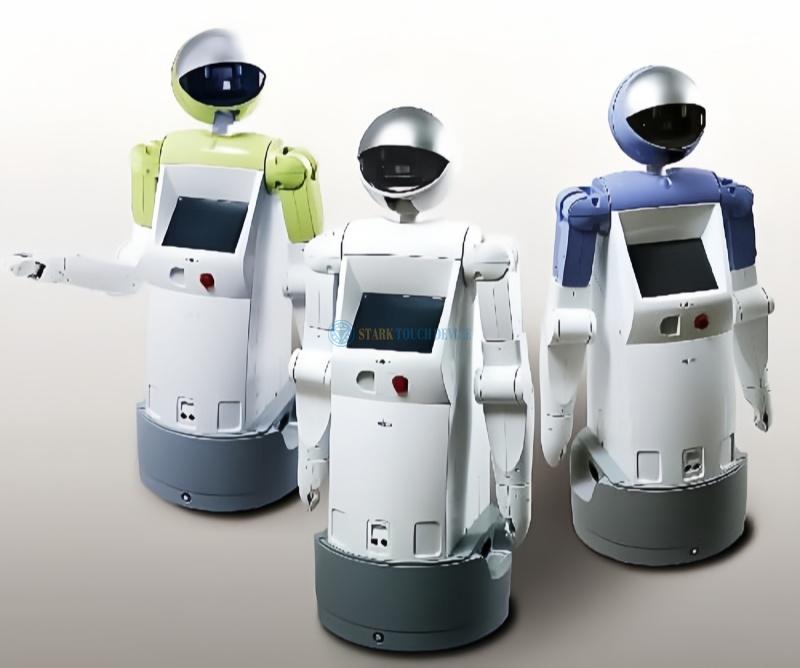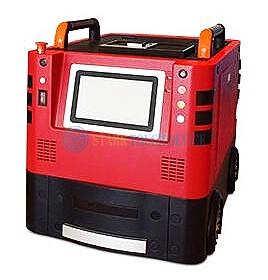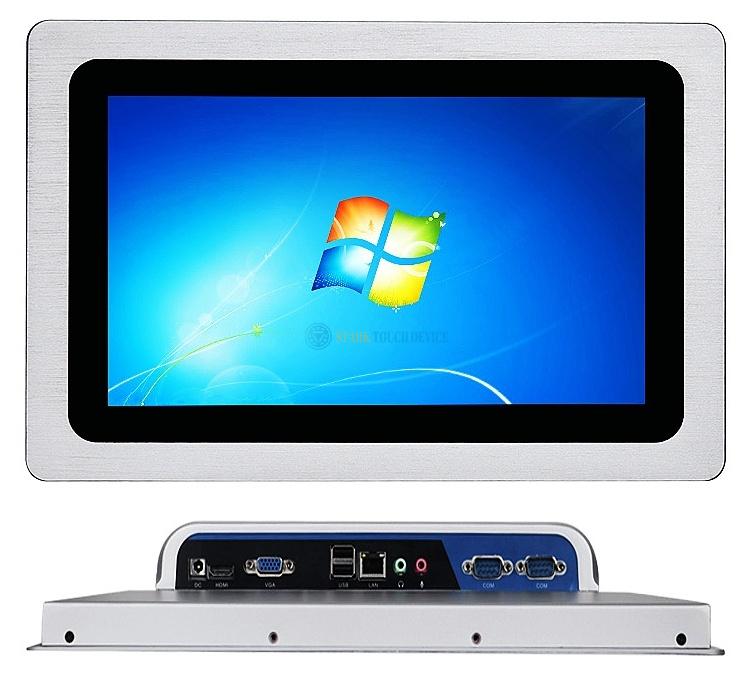Welcome STARK TOUCH DEVICE!
Artificial intelligence
Application of Industrial Touch Display Devices in Chassis Robots
With the advancement of intelligent technology, smart robots can now be found in malls, hospitals, tourist attractions, and government institutions, showcasing their mobility, voice broadcasting, autonomous navigation and obstacle avoidance capabilities, responding to voice prompts, and even offering self-service options. These service robots, while technologically less sophisticated, cater to common application requirements in various settings. They consist of two main parts: the upper body extension and the lower body chassis, the latter being the focus of today's discussion.
Chassis Robots: The Unsung Hero
Chassis robots, while not immediately recognizable as robots due to their form, form the backbone of many service robots. They are versatile platforms that can be extended to suit specific scenario requirements.

The versatility of service robots lies in their adaptability to different contexts, such as commercial, medical, and logistics sorting, where they are equipped with tailored systems and software to serve their respective functions.
Construction & Industrial Chain Dynamics
These robots share similar construction and assembly processes, where a chassis robot serves as the foundation upon which various upper body components are attached. The decision to manufacture separate chassis robots rather than fully integrated ones stems from industrial chain segmentation. Chassis robots belong to the high-end manufacturing sector, integrating technologies like multi-sensors, SLAM, depth cameras, LiDAR, and ultrasonic sensors, requiring significant financial and technological resources typically accessible to large enterprises. Industry-specific robot companies then complete the product cycle through secondary software and hardware development.
Market Prospects
According to projections, the sales of service robots in China will reach $4 billion by 2021, with chassis robots playing a pivotal role.

Stark Chassis Robot Application Showcase
Stark's intelligent touch display devices are frequently utilized in chassis robots, particularly those deployed in industrial settings for control integration, logistics transportation, engineering training, ultrasonic obstacle detection, and safety collision detection.
Application Case Study
Real-time Status Monitoring: Stark's touch display devices provide instant feedback on robot operation, data recording, and analysis.
Multi-Interface Compatibility: Pre-installed interfaces support secondary development, allowing customization with robot-specific linkage devices to meet diverse application needs.

ROS System Integration: Stark's embedded products are ROS-compatible, offering robust computing power for high-speed operations.
Environmental Durability: Waterproof, dustproof, and shock-resistant, these devices are tailored for outdoor applications, aligning with robots' mobile nature and demanding detection/collision requirements.
Integrated System Functions: Incorporating weight sensing, ultrasonic patterns, machine vision, sensors, navigation, and image technologies.
Before secondary development, a chassis robot may be considered a smart mobile platform, capable of integrating various functional systems. Stark's touch display devices, as integral display units, manifest differently across diverse application scenarios.


